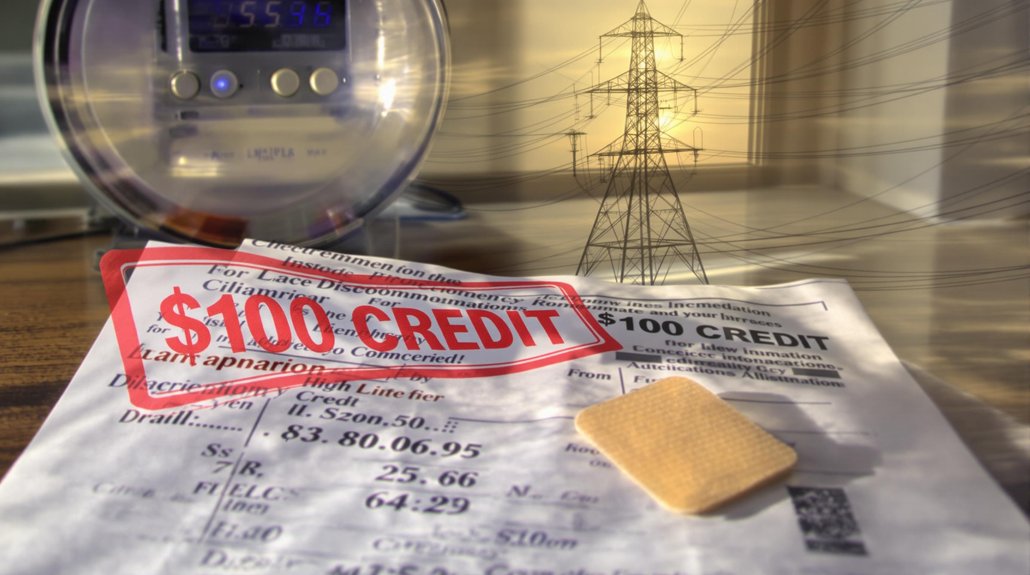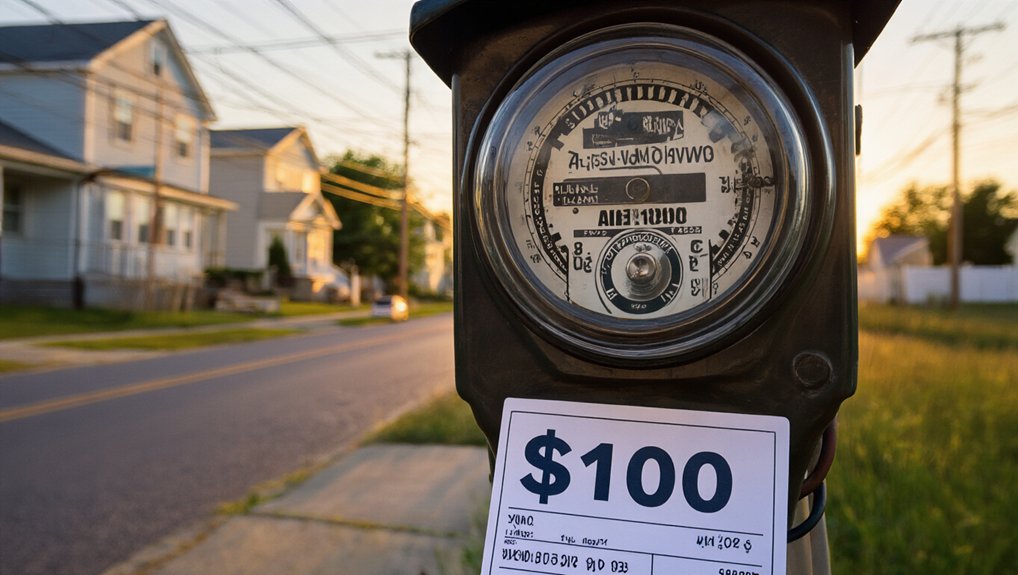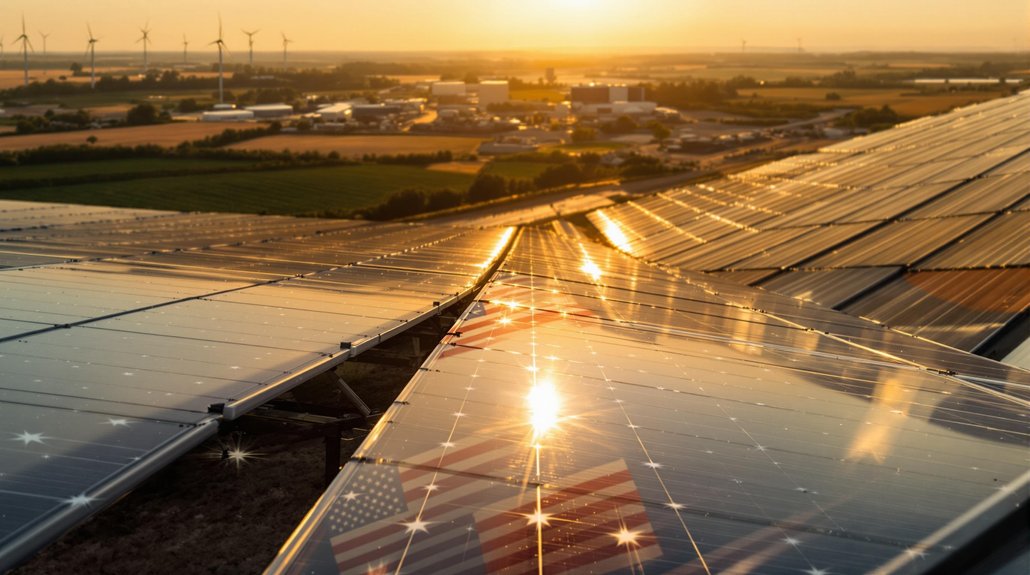Canada’s Prime Minister is taking bold steps to speed up energy project approvals across the country. A new Fast-Track Office aims to cut through red tape for both traditional and renewable energy developments. Meanwhile, critical minerals are getting a major financial boost, with over US$1 billion directed to Ontario’s mineral-rich Ring of Fire region. This dual approach seeks to balance fossil fuel production with climate goals. What will this mean for Canada’s position in global energy markets?
Canada is charging ahead with a sweeping plan to fast-track energy and mining projects across the country. The government is establishing a Fast-Track Office to speed up project approvals with a 100-day timeline for implementation. This initiative introduces a “One-and-Done” policy that aims to consolidate federal and provincial approvals into a single process, targeting decisions on major projects within six months to one year. The implementation of this streamlined approach is expected to save Canada billions in investments that are currently lost due to inefficient approval systems.
The oil and gas sector stands to benefit markedly from these changes. Alberta’s Base Mine extension project, set to produce 225,000 barrels of bitumen daily, will receive expedited approvals along with other oil sands projects. This aligns with the ongoing industry consolidation, as seen with major acquisitions like Canadian Natural Resources purchasing Chevron Canada’s Alberta assets. While focusing on fossil fuel growth, the government is also requiring enhanced carbon capture technology for new projects to align with climate targets.
Alberta’s fossil fuel expansion advances with expedited approvals, balanced by carbon capture requirements to meet climate obligations.
LNG export facilities in British Columbia are among the priority projects receiving accelerated treatment. The streamlined permitting process for LNG-related infrastructure, including terminals, ports, and pipelines, supports Canada’s goal of delivering low-emission energy to global markets while diversifying its energy exports.
The mining sector is receiving a substantial boost with over US$1 billion committed to developing Ontario’s Ring of Fire region. Critical minerals like lithium, cobalt, and nickel top the acceleration agenda, supported by federal tax credits to incentivize exploration and development. These efforts aim to address supply chain vulnerabilities and improve Canada’s self-reliance. The focus on critical minerals aligns with global trends, as renewable energy capacity reached a record 507 gigawatts of new installations globally in 2023.
Infrastructure development is backing these energy initiatives with C$22 billion invested in energy, water, and related projects. Nation-building infrastructure includes inland terminals and railroads designed to support energy exports and meet both domestic and global demand.
Clean energy hasn’t been forgotten in this push. The government is fast-tracking hydropower and nuclear energy projects while targeting accelerated development of zero-emission electricity systems by 2035.
Carbon intensity standards are being applied to make certain new projects contribute to environmental goals while supporting industrial growth. This balanced approach aims to position Canada as a reliable supplier of both traditional and clean energy resources.









